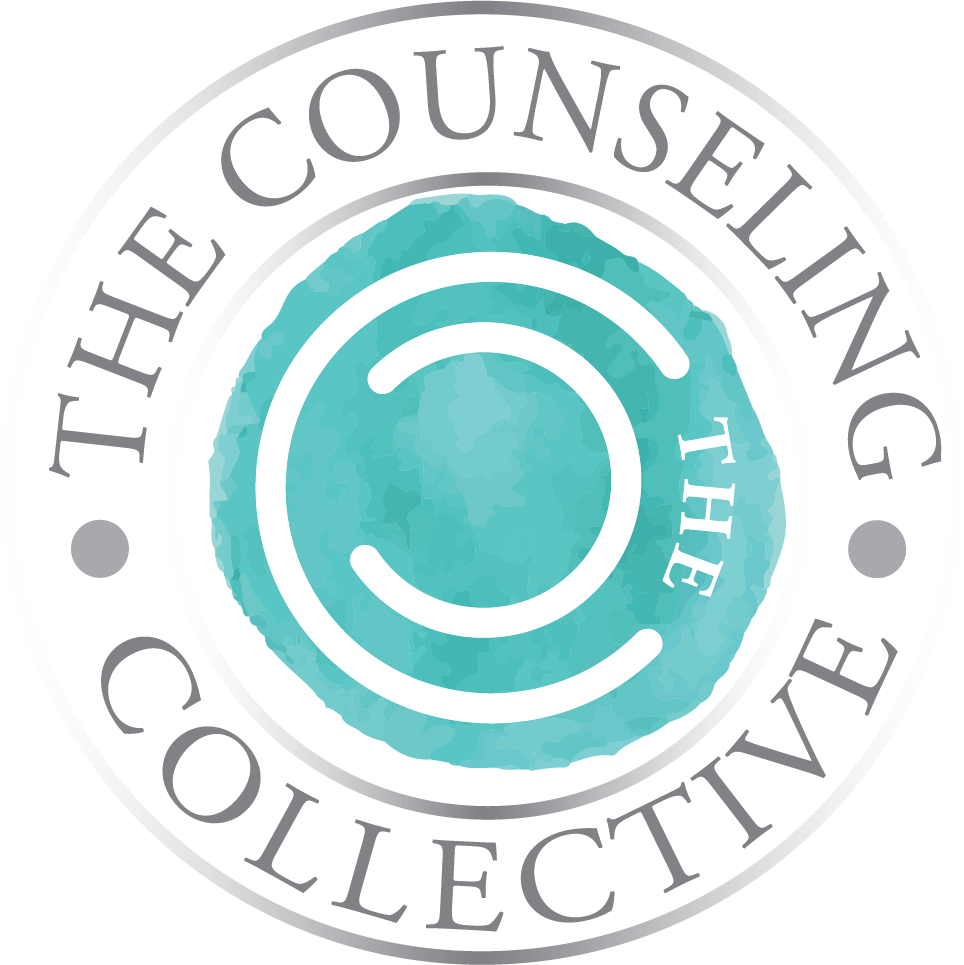Releasing Different Types Of Tension In The Body: Stress In The Shoulders
/This blog marks the first in a series of releasing tension in the body. What if your body’s stress was also tied to your deepest feelings? Negative emotions can manifest as physical stress, tightness, or pain in our bodies. Developing physical symptoms caused by emotions is called somatization. Some examples of somatization include: feeling chest pain throughout a heartbreak or suffering a headache when under stress. The state of our physical body can give us a lot of information about our entire being (mind, body, spirit). Attending to the psychological causes is as important as addressing the physical symptoms in our bodies.
Shouldering too many responsibilities is quite literally a pain in the neck. In this post we will focus on holding stress in the shoulders and neck. Tension in the shoulder and neck regions is often a result of taking on more responsibilities than a person can physically and mentally handle. Tightening of the shoulders and neck is the body’s psychosomatic response to overworking the self. If this resonates with you, continue reading.
Attending to our mental health is as important as attending to our physical symptoms associated with stress. If you are taking on too many responsibilities and the overwhelming stress is developing into physical tension, continue reading for ways to help.
Here some mental health tips to focus on your mental health:
Give yourself permission to say “no” to others
Ask for help and support in carrying out responsibilities
Focus on the present moment, rather than thinking about your to-do list. What am I doing right now? What can I accomplish today? Rather than overwhelm the self with a weeks worth of worries
Practice one daily act of self-care such as: taking a bath, taking a walk outside, sipping tea without distractions
Seek counseling to help better manage everyday life stressors. From boundary setting to mindfulness techniques such as meditation, there are endless coping skills that can be learned in counseling to help calm stress. Boundary setting for the self is a popular topic in therapy. Boundary setting offers limits to an individual’s capabilities. These limits are aimed to prevent burn-out, resentment, and ultimately aid in leading a healthy balanced life-style. Counseling can help an individual to learn, establish, and communicate their own healthy boundaries. Creating time for yourself is important for stress management and overall health and therapy can hold us accountable in doing so.
While getting a massage, seeing a chiropractor, or participating in a yoga class can be effective in releasing physical tension in the body, listed below are some easy shoulder and neck stretches to provide immediate relief to neck and shoulder tension. These simple stretches can be practiced anywhere at anytime (even at a work desk) and can be implemented into you daily routine. Be sure to breath slowly and deeply throughout each stretch!
Neck Rolls: If standing, start by centering your weight evenly between your feet. If sitting, adjust your posture to an even, comfortable position. Slowly create a circle with your head, slowly rolling your neck from one side to the other, and pausing in areas of tightness. Imagine breathing into those tight areas to allow space to be created. Give at least two minutes for this exercise.
Shoulder Rolls: If standing, start by centering your weight evenly between your feet. If sitting, adjust your posture to a balanced up right position with erect spine. Feet should either plant firmly on ground or if sitting on floor legs should be stretched in front of body. Take a deep breath and bring awareness to shoulders. Rolling the shoulders; roll the shoulders up to the ears, then back, then down. Repeat slowly with breath for at least 30 seconds.
Neck Stretching: If standing, start by centering your weight evenly between your feet. If sitting, adjust your posture to a balanced up right position with erect spine. Feet should either plant firmly on ground or if sitting on floor legs should be stretched in front of body. Breathing deeply move ear-to-shoulder, feeling the stretch on the opposite side of the neck. Slowly breath into neck tightness for at least 3 breaths. To take stretch deeper, a hand can gently press the top of the head, feeling more of a stretch along the neck. Slowly release from stretch and repeat on opposite side.
Let the head hang heavy: Preferably standing, but can be done sitting, distribute weight evenly in feet. Bring awareness to the top of your head and slowly fold forward until you can not go any further. Release any tension in the neck and just let the head hang heavy. You can grab opposite elbows and sway side to side if that feels good. To come out of this stretch, center yourself and slowly roll back up-no rush.
For more dynamic stretches in releasing tension in these areas, YouTube has a plethora of videos that can be followed along with in the comfort of your own home.
Our physical bodies give us messages. One may not realize they are carrying pent-up energy in certain parts of their body until it becomes too intrusive to ignore. This is why mind-body connection is so important.
If you need help with your mind-body connection, please consider reaching out for therapy! The mental health therapists at our office offer counseling for a variety of issues including trauma using EMDR, depression, anxiety, grief, and couples counseling. We work with teens, adults, and couples. We also offer online counseling services which can be great for people with busy schedules or for people who live in parts of Pennsylvania with limited counseling options. You can check out our website to see the full list of counseling services that we offer. Or, Request An Appointment here.
